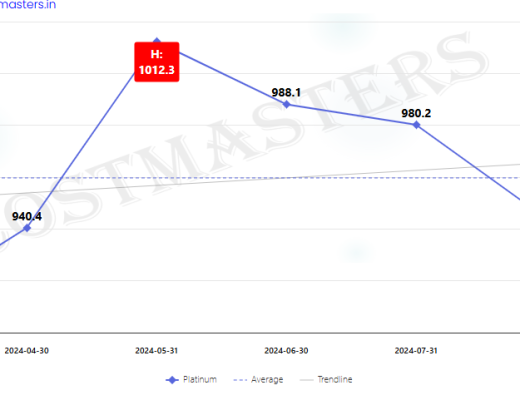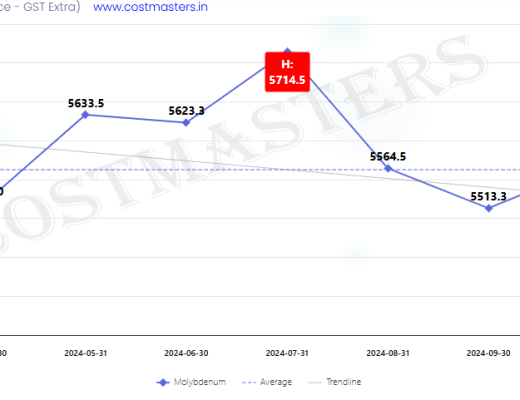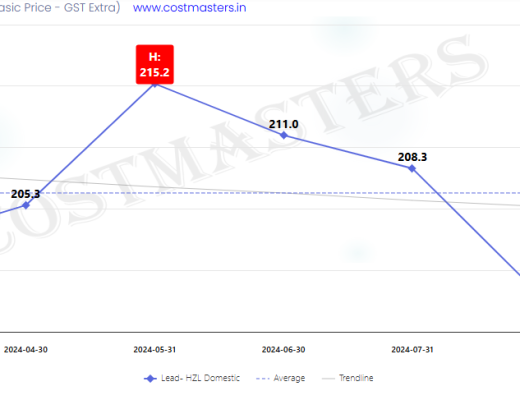Introduction
Aluminium, a flexible metal used in many different industries, has experienced varying prices in the last few years. Looking forward to 2025, it is essential for businesses and investors to grasp the factors that impact aluminium prices.
Primary Factors Influencing the Costs of Aluminium
Multiple variables will determine the path of aluminum prices in 2025;
- Global Economic Growth: Strong worldwide economic growth, especially in developing markets, may lead to a rise in aluminium prices due to higher demand. Nevertheless, economic downturns or recessions may reduce demand and push prices lower.
- Dynamic of Supply and Demand: The interplay of supply and demand will have a major effect on the prices of aluminum. Various factors like upcoming mine developments, operational interruptions, and levels of recycling will impact the supply of resources. Infrastructure development, automotive industry growth, and expansion of the renewable energy sector will determine the demand side of the market.
- Geopolitical Factors: Geopolitical factors such as tensions, trade conflicts, and policy adjustments have the potential to disturb supply chains, impact energy expenses, and shape the general economic landscape, consequently impacting aluminum prices.
- Energy Expenses: Energy expenditures, especially with regards to electricity, have a major impact on the production of aluminum. Changes in energy prices can affect production expenses and, in turn, the prices of aluminum.
- Advancements in technology: Improvements in aluminium production and recycling processes have the potential to impact the balance between supply and demand.
Prediction of Aluminium Prices in 2025
Although it is difficult to accurately predict prices, various factors indicate a possible increase in aluminium prices in 2025;
- Strong Demand from Emerging Markets: Emerging markets, especially in Asia, are undergoing fast industrial growth, leading to a high demand for aluminium.
- Electrification and Renewable Energy: The increasing focus on electric cars and sustainable energy will increase the need for aluminum, as it is essential in batteries, solar panels, and wind turbines.
- Limited growth in supply: The establishment of new mines requires a considerable amount of time and investment, which may restrict supply growth.
Nevertheless, it is crucial to take into account possible negative risks, including economic downturns, interruptions in the supply chain, and political conflicts.
Final Thoughts
Aluminium prices in the future will depend on global economic trends, geopolitical factors, and technological advancements. While there is optimism for 2025, it is important to stay updated on market changes and possible risks. Businesses and investors can make well-informed decisions and navigate the ever-changing market environment by grasping the main variables that affect aluminium prices.



